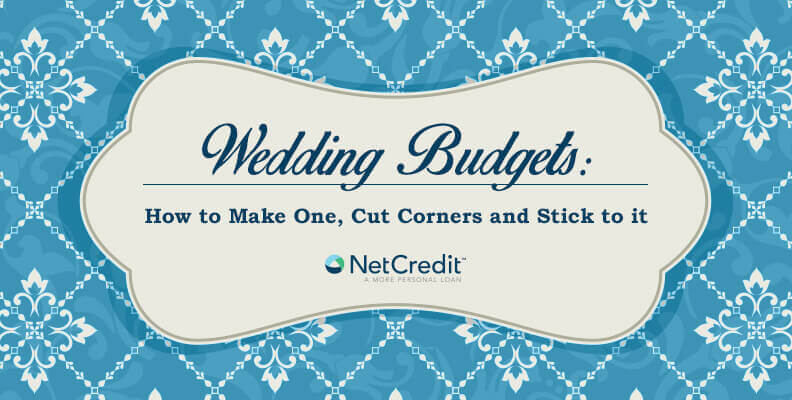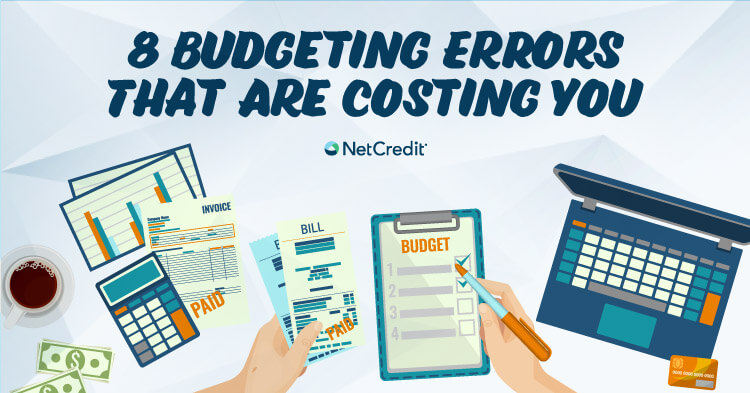Now that you’ve established an attainable budget, it’s time to start looking into how your budget will be spent and any adjustments that might need to be made.
Account for Additional Sources of Income
It is becoming more and more popular for couples to pay for their own wedding with little to no help from either set of parents. Traditionally, the bride’s parents paid for the event, but that is slowly fading out of style. It’s estimated the bride’s parents pay for only 10% of weddings, whereas 33% of couple pay for it entirely themselves — and that number keeps rising.2
Do either set of parents plan on contributing to your wedding? If so, ask them to designate a specific dollar amount so you can adjust your budget accordingly. If the person contributing prefers not to give a specific amount, see if they will pay for one aspect of the wedding (e.g. photography, invitations, etc.) so you can allocate that percentage of the budget elsewhere (or save it completely).
Establish Your Non-Negotiables
With so many elements to one large event, it is hard to know where to cut corners and where to splurge. It’s important to stay focused on what is most important to you and your fiancé before the chaos of the wedding really begins.
Write down the three things that are absolutely the most important to both of you. Is it essential to have your entire extended family there? Do you have your heart set on a live band? If budgeting issues arise, you know to keep these core wishes intact and compromise somewhere else instead. You may not be able to afford everything you want, so it’s important to secure your top priorities from the start.
Take it a step further by writing a short list of things you don’t really feel passionately about. If you prefer to have a simple candy table rather than an elaborate multi-tiered cake, or, if you’re satisfied with doing your own makeup, take note. When you need to shave off some budget, you’ll know which areas to revisit first.
Define Your Guest List
The largest cost of most weddings is the reception, which can be broken down to a per-person cost. To choose a venue that is in your budget, you need to first decide on the guest list.
Create tiers to help you establish a guest list that can be cut back if necessary. Start with the people you consider to be crucial to your wedding. The next tier should be the people you would love to money permitting, and so on.
Narrow Down Locations
The costs of wedding services vary greatly by location. If you live in a major metropolis like New York or Los Angeles, you’ll quickly discover that prices within city limits tend to be higher than in the surrounding areas. Depending on your location, you will probably be able to stretch your budget much further if you choose a location a little farther off the beaten path.
Consider Your Timing
The cost of wedding services fluctuates based on demand. The most popular months for weddings (June, August, September, October) also tend to be the most expensive. Those getting married in January, February and March typically pay much less.1
The same philosophy goes for time of the week. Saturdays are unsurprisingly the most popular day, and therefore carry a higher price tag. Friday and Sunday weddings have gained popularity in the last few years as a simple way to cut costs.
































